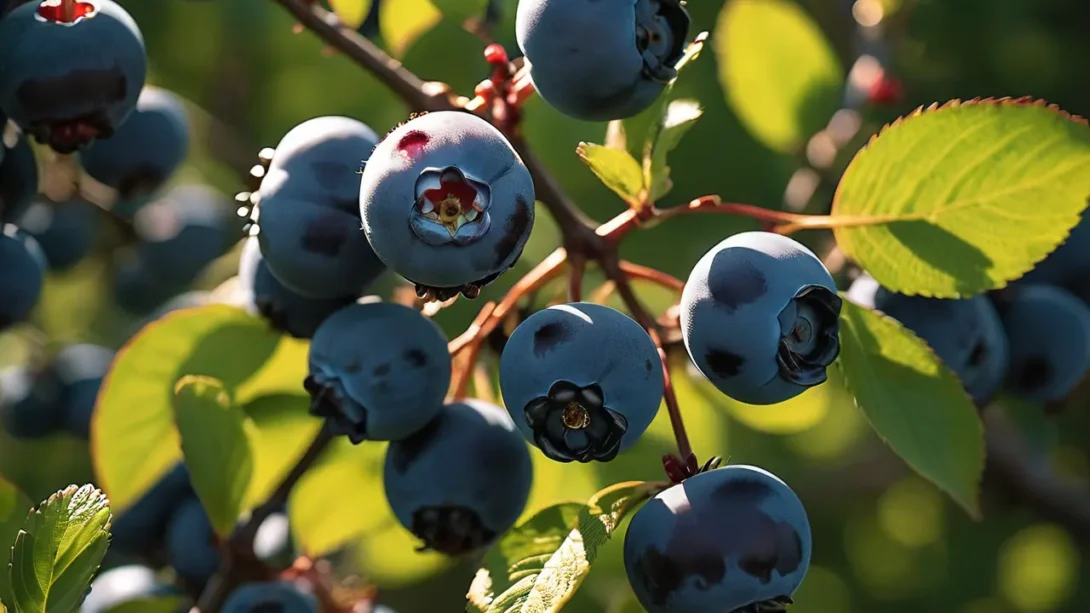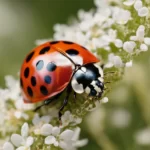Saskatoon berries, a lesser-known yet increasingly popular fruit, hold a special place in the world of berries. Native to North America, these berries not only offer a unique flavor but also boast a variety of health benefits. Understanding what Saskatoon berries are, including their characteristics, nutritional profile, and culinary uses, can enrich your appreciation for this delightful fruit.
Introduction to Saskatoon Berries
Saskatoon berries (Amelanchier alnifolia) are small, round, edible fruits that belong to the Rosaceae family, which includes apples, pears, and roses. Often mistaken for blueberries due to their similar size and color, Saskatoon berries have a distinct flavor that sets them apart. They grow on a shrub or small tree, which can reach up to 20 feet in height, and are highly adaptable to different soil types and environmental conditions.
The name “Saskatoon” originates from the Cree word “misâskwatômina,” which refers to the fruit itself. These berries have been an integral part of Indigenous diets and cultures in North America for centuries, used both as a food source and for medicinal purposes. Today, they are cultivated in various parts of Canada and the United States, gaining popularity not just for their taste but also for their health benefits.
Nutritional Profile
Saskatoon berries are rich in nutrients, making them an excellent addition to a healthy diet. They are a good source of fiber, which aids in digestion and helps maintain a healthy gut. Additionally, these berries are packed with vitamins and minerals, including vitamin C, magnesium, and iron, contributing to overall health and well-being.
One of the most notable aspects of Saskatoon berries is their high antioxidant content. Antioxidants are compounds that help protect the body from damage caused by free radicals, which are linked to chronic diseases and aging. The specific antioxidants found in Saskatoon berries, such as anthocyanins, have been shown to have anti-inflammatory and anti-carcinogenic properties, further enhancing their health benefits.
Culinary Uses
Saskatoon berries are versatile in the kitchen, used in a wide range of culinary applications. Their sweet, nutty flavor, with hints of almond, makes them ideal for both sweet and savory dishes. They can be eaten fresh or dried, and are commonly used in jams, pies, sauces, and wines.
In addition to traditional recipes, Saskatoon berries are also being incorporated into modern cuisine, finding their way into smoothies, salads, and baked goods. Their unique flavor profile allows them to complement a variety of ingredients, making them a favorite among chefs and home cooks alike.
Cultivation and Growing Tips
Saskatoon berries are relatively easy to grow, making them a rewarding addition to home gardens. They thrive in full sun but can tolerate partial shade, preferring well-drained soil with a slightly acidic to neutral pH. When planting Saskatoon berry bushes, it’s important to give them enough space to grow, typically about 4-6 feet apart, to ensure proper air circulation and sunlight exposure.
Watering is crucial during the first few years of growth until the plants are well-established. Regular, deep watering helps promote a strong root system. However, once established, Saskatoon berry bushes are quite drought-tolerant, requiring minimal watering beyond natural rainfall.
Pruning is another essential aspect of Saskatoon berry cultivation. Annual pruning not only helps maintain the shape and health of the bush but also encourages better fruit production. The best time to prune is late winter or early spring, removing any dead or diseased wood and thinning out overcrowded branches to improve air flow and light penetration.
Pest and Disease Management
Like all plants, Saskatoon berries can be susceptible to pests and diseases. Common pests include aphids and leaf rollers, while diseases such as powdery mildew and fire blight can also pose a threat. Implementing integrated pest management (IPM) strategies, such as encouraging beneficial insects, proper spacing, and sanitation, can help minimize these issues.
For diseases, selecting resistant varieties and ensuring good air circulation around the plants are key preventive measures. Should any problems arise, early identification and appropriate treatments are crucial to managing pests and diseases effectively, preserving both the health of the plants and the quality of the fruit.
Historical and Cultural Significance
Saskatoon berries hold a rich historical and cultural significance, particularly among Indigenous peoples of North America. For centuries, these berries have been a staple food, celebrated for their nutritional value and medicinal properties. They were traditionally gathered, consumed fresh, or preserved for use during the winter months.
Indigenous practices also included using Saskatoon berries in pemmican—a mixture of dried meat, fat, and berries—serving as a highly nutritious and long-lasting food source. Beyond their dietary importance, Saskatoon berries were used in various cultural ceremonies and healing practices, highlighting their integral role in Indigenous cultures.
This deep-rooted history not only adds to the allure of Saskatoon berries but also underscores the importance of preserving and promoting their cultivation. As interest in these berries grows, recognizing and respecting their cultural significance is essential in fostering a deeper appreciation and understanding of their role in North America’s botanical and cultural heritage.
Harvesting and Preserving Saskatoon Berries
Harvesting Saskatoon berries at the right time is crucial for maximizing their flavor and nutritional value. The berries typically ripen from late June to early August, depending on the geographical location and climate. When ripe, Saskatoon berries turn a deep purple-blue color and should come off the stem easily. It’s important to harvest the berries gently to avoid damaging the fruit or the plant.
Once harvested, Saskatoon berries can be enjoyed fresh or preserved for later use. Fresh berries should be stored in the refrigerator and consumed within a few days for the best taste. For longer preservation, there are several effective methods:
Freezing
Freezing is one of the simplest and most effective ways to preserve Saskatoon berries. Spread the washed and dried berries on a baking sheet in a single layer, freeze them until solid, and then transfer them to airtight containers or freezer bags. This method retains the berries’ flavor and nutritional properties, making them perfect for smoothies, baking, or cooking at a later date.
Drying
Drying Saskatoon berries concentrates their flavor and extends their shelf life significantly. You can dry them using a food dehydrator or an oven set to a low temperature. Once dried, store the berries in a cool, dark place in airtight containers. Dried Saskatoon berries are excellent for snacks, cereals, or rehydrated in cooking.
Canning
Canning Saskatoon berries in syrup or as jam is another popular preservation method. This process involves cooking the berries with sugar and water, then sealing them in sterilized jars. Canned Saskatoon berries can be used as toppings for desserts, yogurt, or enjoyed on their own.
Conclusion
Saskatoon berries offer a delightful combination of taste, nutrition, and versatility, making them a valuable addition to any garden or kitchen. From their simple cultivation requirements and robust health benefits to their rich historical and cultural significance, these berries encapsulate the essence of sustainable, nourishing, and mindful gardening and eating practices.
Whether you’re a seasoned gardener or a culinary enthusiast looking to explore new flavors, Saskatoon berries provide a unique opportunity to connect with a plant that has deep roots in the natural and cultural history of North America. By following the tips outlined for growing, harvesting, and preserving these berries, you can enjoy the distinctive taste and health benefits of Saskatoon berries all year round, enriching your garden and your diet with a piece of North American heritage.



